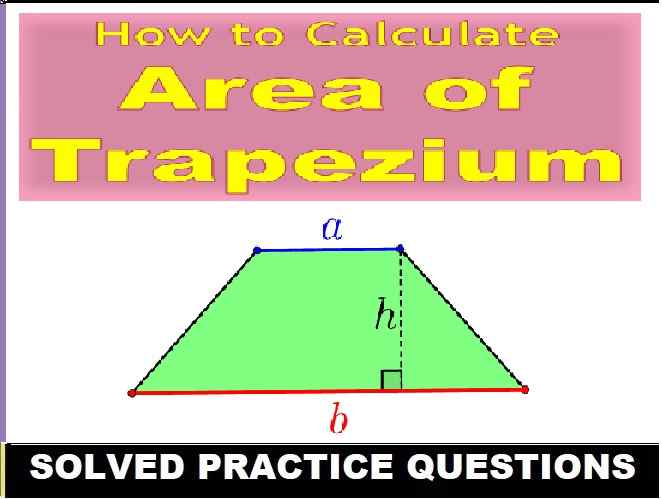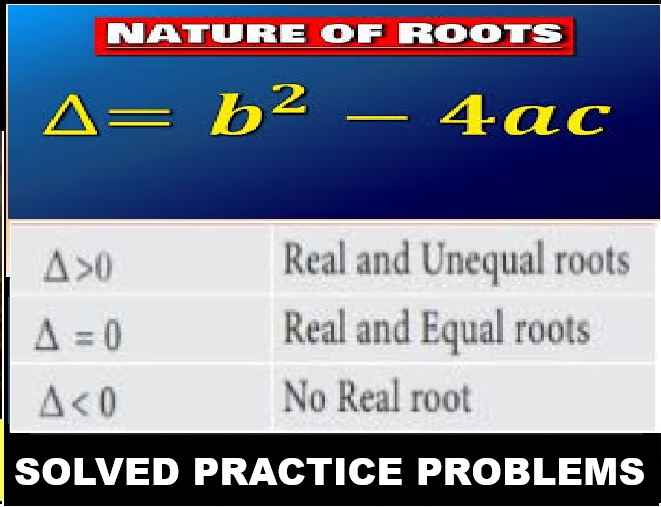Aids to Health Long Answer Biology Class-9 ICSE Selina Publishers Solutions Chapter-17. Step By Step ICSE Selina Concise Solutions of Chapter-17 Aids to Health with Exercise-17 including MCQs, Very Short Answer Type, Short Answer Type, Long Answer Type and Structured/Application Questions Solved . Visit official Website CISCE for detail information about ICSE Board Class-9.
Aids to Health Exe-17 Long Answer Biology Class-9 ICSE Concise Selina Publishers
| Board | ICSE |
| Publications | Selina Publication |
| Subject | Biology |
| Class | 9th |
| Chapter-17 | Aids to Health |
| Book Name | Concise |
| Topics | Solution of D. Long Answer Type |
| Academic Session | 2023-2024 |
D. Long Answer Type
Aids to Health Class-9 Biology Concise Solutions
Page 188
Question 1.
Differentiate between:
(a) Antiseptic and antibiotic,
(b) Antiseptic and disinfectant,
(c) Disinfectant and deodorant,
(d) Vaccination and sterilisation,
(e) Active immunity and passive immunity,
(f) Innate immunity and acquired immunity
Answer:
(a)Differentiate between Antiseptic and antibiotic
Antiseptic is a mild chemical substance which is applied to the body to kill germs, whereas an antibiotic is a chemical substance produced by a microorganism which can kill or inhibit the growth of some other disease-producing microorganisms.
(b) Differentiate between Antiseptic and disinfectant,
Antiseptic is a mild chemical substance which is applied to the body to kill germs, whereas a disinfectant is a strong chemical applied to spots or places on the body where germs thrive and multiply.
(c) Differentiate between Disinfectant and deodorant
Disinfectant is a strong chemical applied to spots or places on the body where germs thrive and multiply, whereas deodorants are neither antiseptics nor disinfectants; they are aerosols used to mask a bad smell.
(d) Differentiate between Vaccination and sterilisation,
Vaccination is the introduction of any kind of dead or weakened germs into the body of a living being to develop immunity (resistance) against a disease, whereas sterilisation is a process of eliminating or killing all the microbes present on a surface, contained in a fluid, in medication or in a compound such as biological culture media.
(e) Differentiate between Active immunity and passive immunity
Active immunity is the immunity developed by an individual due to a previous infection or antigen which enters the body naturally, whereas passive immunity is the immunity provided to an individual from an outside source in the form of ‘readymade’ antibodies.
(f) Differentiate between Innate immunity and acquired immunity
Innate immunity is the immunity by the virtue of genetic constitutional makeup, i.e. it is inherited from parents. It is present in the body without any external stimulation or a previous infection, whereas acquired immunity is the resistance to a disease which an individual acquires during a lifetime. It may be the result of either a previous infection or from ready made antibodies supplied from outside.
Question 2.
The principle of vaccination is to produce immunity against a disease. Explain.
Answer:
Vaccination is the practice of artificially introducing germs or the germ substance into the body for developing resistance to particular diseases.
Scientifically, this practice is called prophylaxis and the material introduced into the body is called the vaccine.
The vaccine or germ substance is introduced into the body usually by injection and sometimes orally (e.g. polio drops).
Inside the body, the vaccine stimulates lymphocytes to produce antibodies against the germs for that particular disease.
Antibodies are an integral part of our immunity. Their function is to destroy the unwanted particles which enter the body.
Vaccines give our immunity a signal to produce specific antibodies. Hence, the principle of vaccination is to produce immunity against a disease.
Question 3.
”Abnormally, large numbers of WBCs in the blood are usually an indication of some infection in our body”. Comment on the statement.
Answer:
Whenever a germ or infection invades the body, a signal is sent to the immune system to produce specific antibodies. To cope with the number of germs being multiplied inside the body, white blood cells start multiplying rapidly. This enables them to produce more number of antibodies and stop the infection in time. So, abnormally large numbers of WBCs in the blood are usually an indication of some infection in our body.
Question 4.
Explain briefly, the role of the following health aids:
(a) Antiseptics
(b) Disinfectants
(c) Vaccines
Answer:
(a) Antiseptics:
Antiseptics are mild chemical substances applied to the body which prevent the growth of some bacteria and destroy others.
Examples: Lysol and iodine
(b) Disinfectants:
The Disinfectants are chemicals which kill microorganisms they come in contact with. These Disinfectants are usually too strong to be used on the body.
Examples: Cresol and phenol
(c) Vaccines:
Vaccines are materials administered in the body to provide passive immunity. The materials are generally germs or substances secreted by germs.
Examples: OPV (oral polio vaccine) and DTP (diphtheria, tetanus and pertussis)
Question 5.
Suppose a person develops the disease diphtheria. Comment upon the principle of the treatment he should receive.
Answer:
Diphtheria is a serious bacterial infectious disease. It leads to cold, coughing, sneezing and, in severe cases if undiagnosed, it might result in heart failure or paralysis.
Treatment includes a combination of medications and supportive care. The most important step is prompt intravenous administration of diphtheria toxoid which is made harmless. The harmless toxoid once administered in a patient’s body triggers the production of antibodies against the pathogens causing diphtheria.
Question 6.
Why is it important to know how the germs leave the body of a patient ?
Answer:
It important to know how the germs leave the body of a patient as there are some diseases and infections which are transmitted through air, water or just by direct contact. Therefore, to take precautions and protect others from further infections, it is must to know how the germs move out of the body of a patient.
— : End of Aids to Health D. Long Answer Class-9 ICSE Biology Solutions :–
Return to Return to Concise Selina ICSE Biology Class-9
Thanks
Please share with your friends


